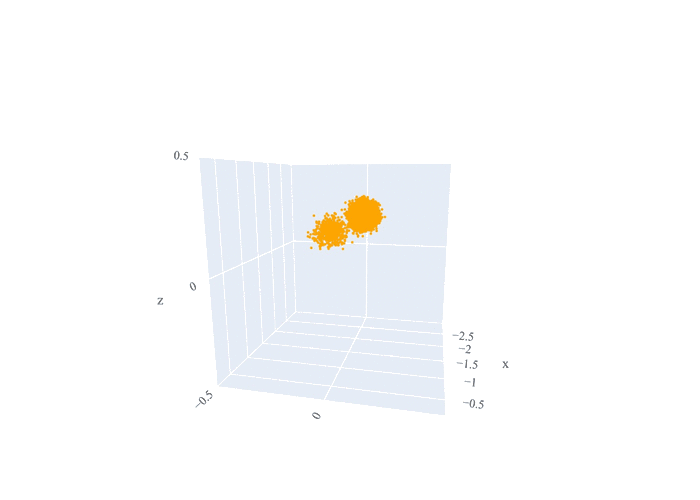
LCODE 3D
A recently developed three-dimensional version of the quasistatic code LCODE has a novel feature that enables high-accuracy simulations of the long-term evolution of waves in plasma wakefield accelerators.
Try it nowTheory
You can learn more about quasistatic modeling and code details in the following papers:
Quasistatic model:
LCODE 3D:
Why LCODE 3D?
Time-tested
LCODE 2D, the basis for LCODE 3D, has been used to model a large number of problems and has shown good agreement with experimental results and other codes
Fast
Wakefield acceleration in the quasistatic approximation is simulated several orders of magnitude faster than with conventional PIC codes
Now open source
The support of the community is very important to us. That's why we put LCODE 3D into open access under BSD license. For programming LCODE 3D we used Python language to make it easier to understand. We also put a lot of effort into documenting the code. We are looking forward to community support.